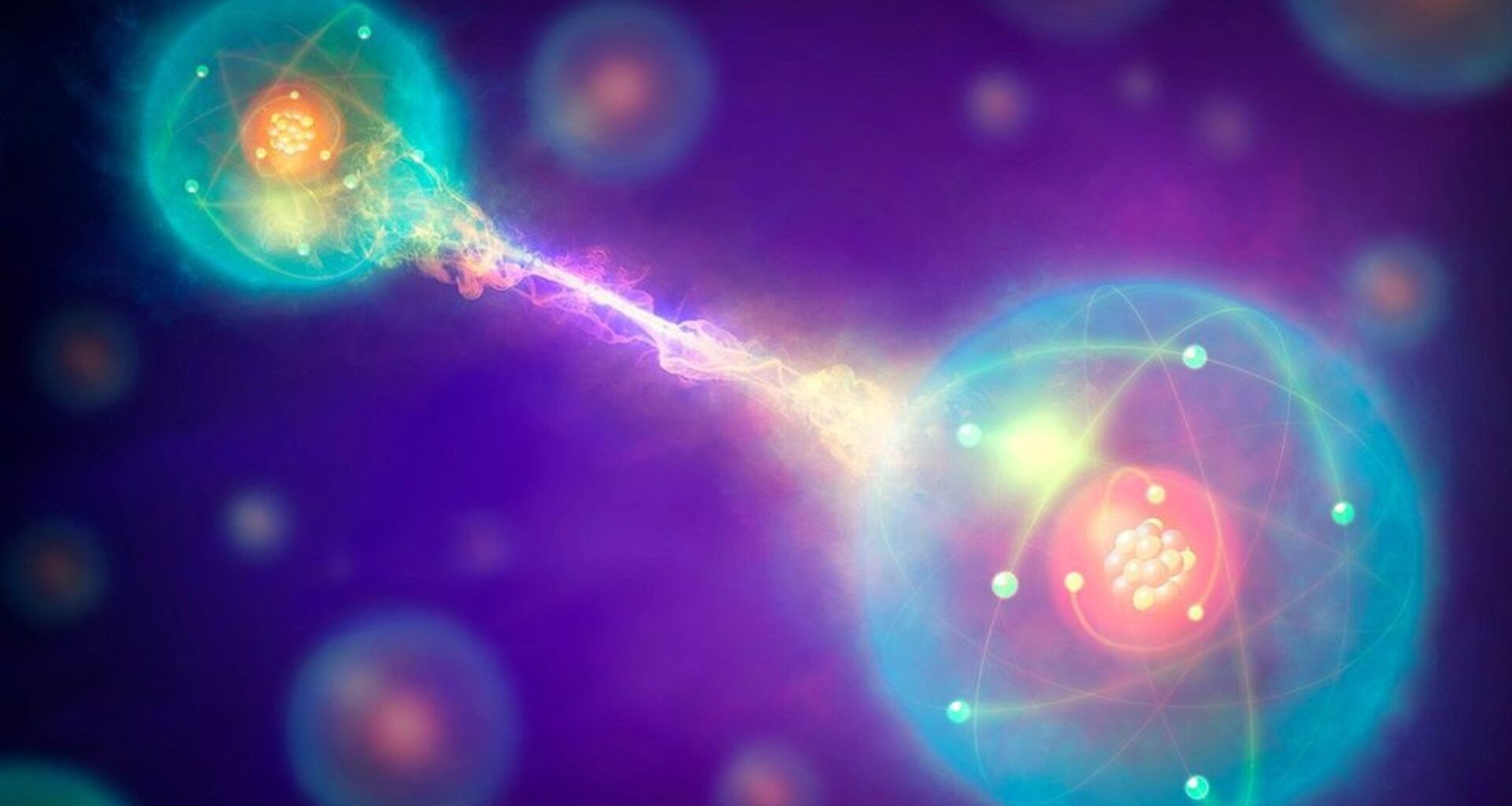Photosynthesis and other natural processes depend on energy moving quickly and efficiently across molecules.
When sunlight strikes a leaf, energy races across protein structures before it can be stored and used.
For decades, scientists have wondered whether quantum mechanics plays a role in this astonishing efficiency. Now, Rice University researchers have found evidence that quantum entanglement can accelerate this process.
Their simulations show that energy transfers faster between molecular sites when it begins in an entangled, delocalized state instead of at a single site.
The findings point toward new design principles for artificial light-harvesting systems and potentially more efficient solar technologies.
To investigate, the team constructed a stripped-down molecular model. It contained two regions: a donor, where energy is absorbed, and an acceptor, where the energy must eventually land.
Between these two ends, energy could hop site by site. While shorter hops were more likely, longer jumps also occurred. The researchers included environmental effects, such as vibrations, that can disrupt or aid the flow of energy.
The central question was straightforward – does energy move faster if it starts localized on one site, or if it spreads across several donor sites in a quantum superposition?
“Delocalizing the initial excitation across multiple sites accelerates the transfer in ways that starting from a single site cannot achieve,” said Guido Pagano, assistant professor of physics and astronomy and corresponding author.
Pagano noted that this benefit persisted even when external noise was present. “Starting in a delocalized quantum state provides the system with more pathways,” he said. “Our simulations indicate that this added coherence allows for quicker transfer to the acceptor, even in the presence of environmental noise.”
Nature’s possible blueprint
The results showed a consistent speed advantage for entangled starting states.
The transfer remained faster across a wide variety of parameters, including the strength of environmental coupling, the range of interactions, and the amount of structural disorder.
“This suggests that nature may be using entanglement and coherence to optimize the speed of excitation transfer, thereby enhancing the robustness of this process,” Pagano said.
The study highlights a broader possibility: if natural systems exploit quantum effects to maximize efficiency, then engineers could mimic these tricks in artificial systems.
Future solar cells, for instance, might harness coherence to move energy more efficiently, reducing losses and boosting performance.
Bridging quantum physics and biology
Although the model was intentionally simple, the researchers argue that it provides useful insights for more complex molecules.
They suggest that experimental tests could be carried out on controllable quantum platforms, such as trapped-ion systems, which can mimic the physics of molecular energy transfer with precision.
“Our goal is to bridge the abstract world of quantum information with the tangible mechanisms observed in biology,” said Diego Fallas Padilla, first author of the study and a Rice alumnus. “This study serves as a step toward illustrating that quantum coherence is not just a theoretical curiosity but a practical component of nature’s design.”
By linking the principles of quantum information science with energy flow in living systems, the work opens a path for collaboration across physics, chemistry, and biology.
It also underscores how entanglement, often associated with futuristic computing, may already underpin processes at the heart of life.
The study is published in the journal PRX Quantum.
